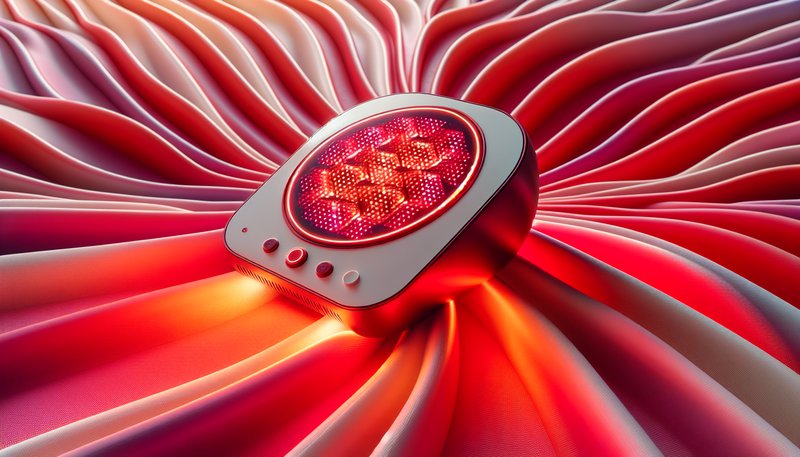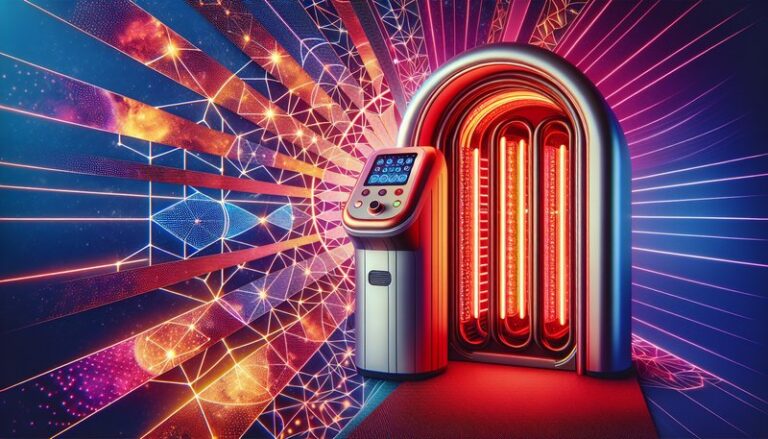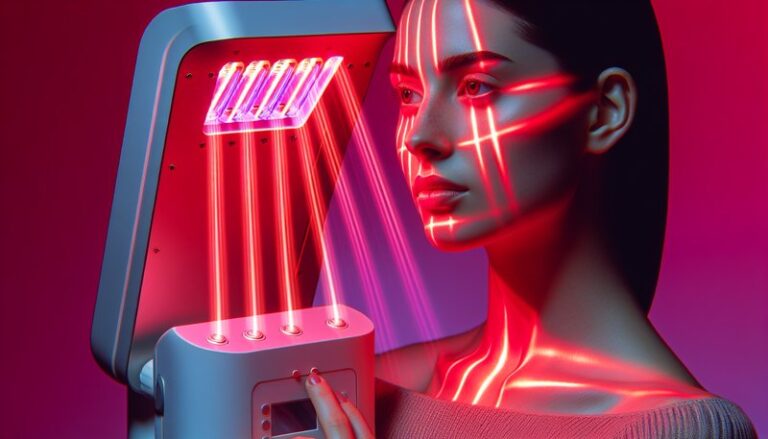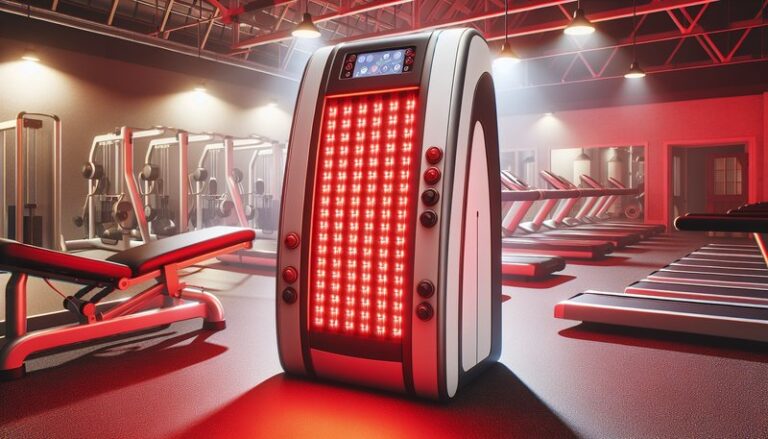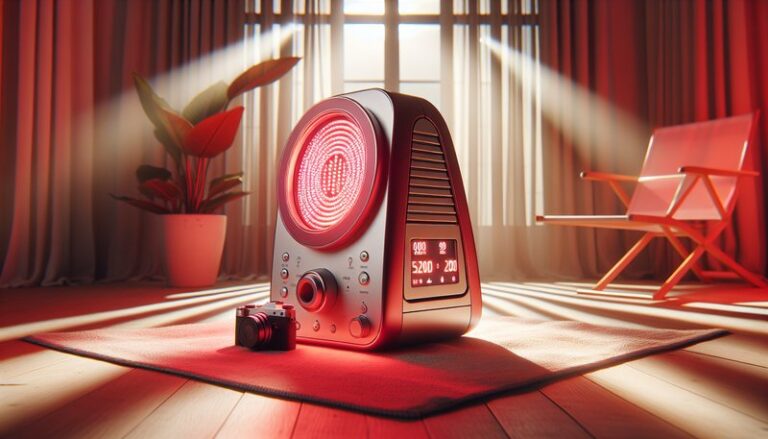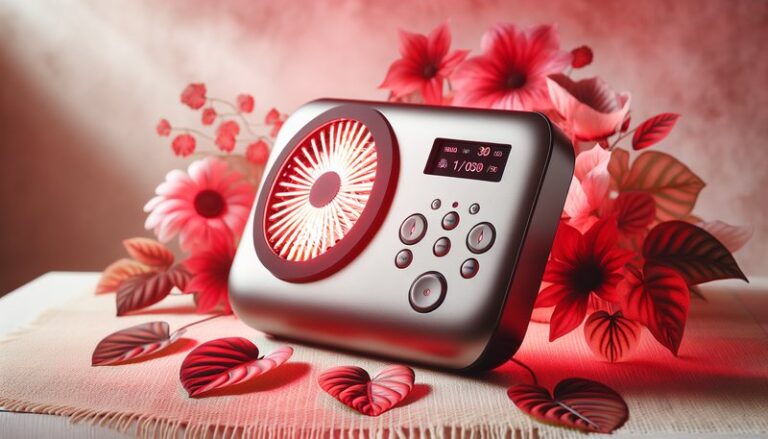Is Red Light Therapy Scientifically Proven?
Is Red Light Therapy Scientifically Proven?
Is red light therapy a breakthrough treatment or just hype?
Red light therapy has gained popularity as a non-invasive option for various health and beauty concerns, including skin rejuvenation, wound healing, and pain relief. In this article, we will delve into the scientific research backing red light therapy, its benefits, considerations, alternatives, and whether it is a recommended option for those looking to improve their health or appearance.
Key Takeaways
- Red light therapy is supported by various scientific studies for its effectiveness in promoting healing and reducing inflammation.
- The therapy is typically considered safe, with minimal side effects, making it an appealing option for many individuals.
- Alternatives are available for those who may not find red light therapy beneficial or accessible.
What is Red Light Therapy?
Red light therapy (RLT) is a treatment that uses low-level wavelengths of red and near-infrared light to stimulate cellular function and promote healing. Typically delivered via LED lights or lasers, this therapy is thought to enhance the body’s natural repair processes.
Red light falls within the 600 to 700 nanometer range and is absorbed by the mitochondria in cells, potentially leading to increased energy production. This process, known as photobiomodulation, is believed to help with a variety of conditions, from skin issues such as acne and wrinkles to muscle recovery and joint pain.
What are the Benefits of Red Light Therapy?
Red light therapy presents several advantages that can contribute to physical health and overall well-being. Below, we explore its benefits in greater detail.
Enhanced Skin Health
Red light therapy is known to improve skin health by stimulating collagen production, which can reduce wrinkles and promote skin elasticity. Studies show that consistent use can lead to visible improvements in skin texture and tone.
Pain Relief and Inflammation Reduction
Clinical studies have demonstrated that red light therapy can alleviate pain associated with conditions like arthritis, joint pain, and muscle injuries. It can reduce inflammation, aiding faster recovery and enhancing mobility.
Improved Muscle Recovery and Performance
Athletes may find red light therapy beneficial for muscle recovery. Research indicates it can decrease muscle soreness after exercise, expedite recovery times, and improve performance due to increased energy at the cellular level.
Additional Benefits
- Hair Growth: Some evidence suggests that red light therapy may stimulate hair follicles, aiding in hair regrowth for conditions like androgenetic alopecia.
- Wound Healing: Red light is reported to accelerate healing of wounds and injuries by improving circulation and cellular function.
Is it Possible to Achieve Desired Results with Red Light Therapy?
Achieving effective results with red light therapy is possible, but several factors come into play, including treatment duration, frequency, and individual responses to therapy.
What are the Advantages of Red Light Therapy?
- Non-Invasive: Unlike many cosmetic procedures, RLT is painless and does not require downtime, allowing for easy integration into a daily routine.
- Minimal Side Effects: The therapy is generally well-tolerated, with few reported side effects, primarily mild skin irritation.
What are the Disadvantages of Red Light Therapy?
- Varied Results: Individual responses to therapy can vary, and some may not experience significant benefits.
- Cost and Accessibility: Professional treatments can be expensive, and not everyone has access to clinics offering red light therapy.
What are the Things to Consider Before Starting Red Light Therapy?
Before beginning red light therapy, consider several important factors to ensure that it is suitable for your needs.
Consultation with a Healthcare Provider
It is advisable to consult with a healthcare provider to determine if RLT is appropriate for your specific health conditions.
Equipment Quality
The quality of the device used in red light therapy can significantly impact results. Look for FDA-cleared devices with proven efficacy in clinical studies.
Treatment Protocol
Follow a consistent treatment protocol to optimize results. This includes the duration and frequency of sessions as recommended by manufacturers or healthcare professionals.
Individual Skin Sensitivity
Consider your skin type and sensitivity. Those with lighter skin may experience quicker results, while darker skin might require different treatment considerations.
What are the Alternatives to Red Light Therapy?
For individuals seeking options beyond red light therapy, several alternatives may provide similar benefits.
Laser Therapy
Laser treatments can achieve skin rejuvenation and pain relief through focused light energy. These treatments tend to be more aggressive and may require more downtime but can produce significant results.
Ultrasound Therapy
Using sound waves, ultrasound therapy can promote healing and pain relief. This method is often employed in physical therapy settings and can be a good alternative for muscle recovery.
Read the deep dive on “Red Light Therapy for Psoriasis?”
Topical Treatments
Various creams and serums containing active ingredients like retinoids or hyaluronic acid offer benefits for skincare. They may not provide the same depth of treatment as RLT but can still yield beneficial results.
Acupuncture
An ancient practice, acupuncture can help manage pain and promote healing through targeted needle placements, presenting a non-light therapy alternative.
Conclusion: Is it Recommended to Use Red Light Therapy?
Overall, red light therapy is supported by a range of scientific research indicating its potential in various therapeutic and cosmetic applications. Although it might not work for everyone, its non-invasive nature and minimal side effects make it a worthwhile option to consider, especially for improving skin health, pain relief, and muscle recovery. As with any treatment, consulting with a healthcare professional can help determine if red light therapy aligns with your specific needs and conditions.
Frequently Asked Questions
Is red light therapy safe for all skin types?
Generally, red light therapy is considered safe for all skin types. However, individuals with specific skin conditions or light sensitivity should consult a healthcare provider before beginning treatment.
How long does it take to see results from red light therapy?
Results can vary widely and may range from a few weeks to several months, depending on the individual and the condition being treated. Regular sessions typically enhance results.
Can I perform red light therapy at home?
Yes, many devices are available for at-home use. However, ensure that the device is FDA-cleared and adheres to recommended treatment protocols for efficacy and safety.
For the full details, see Do Red Light Beds Work?
Are there any side effects of red light therapy?
Side effects are minimal but can include temporary redness or irritation at the treatment site. Most users tolerate RLT well without significant issues.
How often should I undergo red light therapy treatments?
Treatment frequency can vary based on the condition being treated. Generally, 2-3 sessions per week are recommended, but individual protocols may differ according to professional guidance.
